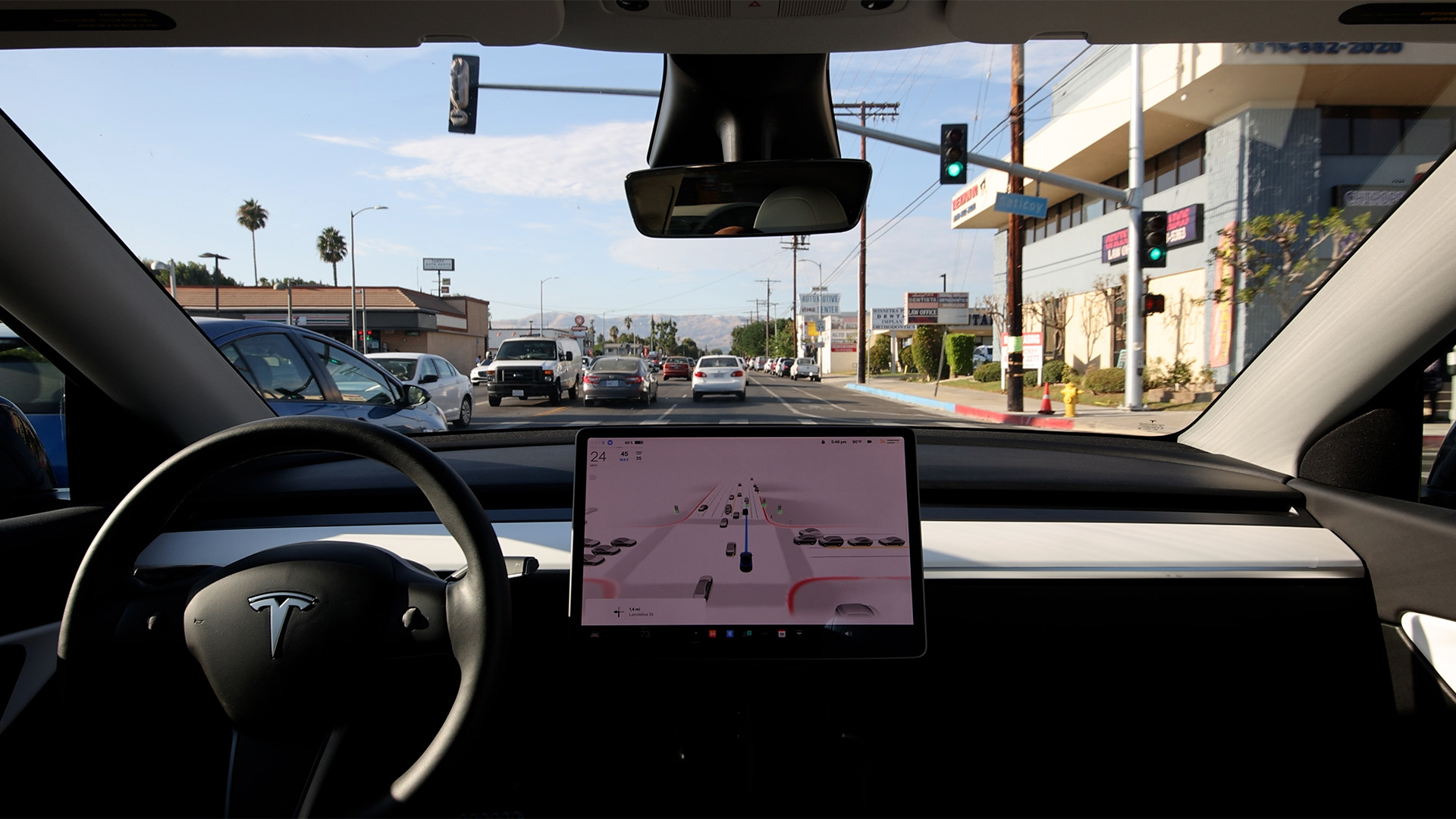Goodbye, Tesla, and Elon Musk's pioneering work on making EVs mainstream. According to a lengthy Reuters report, the company has dropped its plans to make a smaller and cheaper EV and will instead concentrate on the increasingly discredited idea of a 'robotaxi.'
That was a development Musk hurriedly confirmed in a post on his X platform soon after the Reuters story appeared.
The Reuters report and Musk's confirmation came the same week as Tesla started an interest-free offer to prospective buyers in China of its Model Y and 3 vehicles produced at its huge factory in Shanghai, as the sales war intensifies.
The exclusive Reuters report drew that immediate reaction from Musk – but not Tesla.
Tesla said nothing, Musk 'Xed' (Tweeted) that Tesla would unveil its robotaxi on August 8 – not the actual vehicle, but the idea.
One analyst reckoned the real story is that the company’s first-quarter results – due out April 23 – will be so weak that Musk needs a diversion and the unwanted robotaxi is it.
Reuters said in its report, and other analysts made similar points over the weekend, that the robotaxi doesn't work and Tesla's self-driving mode for its existing vehicles is a $US12,000 option or a $US199 monthly subscription.
But the company’s online sales brochures make the point in small type that the system needs constant driver scrutiny – in other words, a Tesla with the option still needs to be driven.
Tesla shares fell 3.6% in regular trading in the wake of the Reuters report but around 4% after-hours on the tweet from Musk. The shares lost more than 6% in the week (before the after-hours kick-up).
Overall demand for EVs in the US has slowed significantly — notching just 3.3% growth in sales growth in the March quarter, with stocks of unsold models of Tesla's best-selling car, the Model Y, at their highest ever, prompting big price cuts.
Earlier last week, the company also reported that total deliveries of its vehicles declined for the first time in almost four years.
Reuters had reported in its story that Tesla has canceled the long-promised inexpensive car that investors have been counting on to drive its growth into a mass-market automaker, according to three sources familiar with the matter and company messages seen by the news agency.
"The automaker will continue developing self-driving robotaxis on the same small-vehicle platform, the sources said.
"The decision represents an abandonment of a longstanding goal that Tesla chief Elon Musk has often characterized as its primary mission: affordable electric cars for the masses. His first 'master plan' for the company in 2006 called for manufacturing luxury models first, then using the profits to finance a 'low-cost family car.'
"He has since repeatedly promised such a vehicle to investors and consumers. As recently as January, Musk told investors that Tesla planned to start production of the affordable model at its Texas factory in the second half of 2025, following an exclusive Reuters report detailing those plans.
Tesla’s cheapest current model, the Model 3 sedan, retails for about $US39,000 in the United States. The now-defunct entry-level vehicle, sometimes described as the Model 2, was expected to start at about $US25,000.
Tesla faces growing competition from Chinese electric-vehicle makers (led by BYD) flooding the market with cars priced as low as $US10,000.
The plan for driverless robotaxis, which could take longer to deliver, presents a stiffer engineering challenge and more regulatory risk.
"Two sources said they learned of Tesla's decision to scrap the Model 2 in a meeting attended by scores of employees, with one of them saying the gathering happened in late February."
“Elon’s directive is to go all-in on robotaxi,” that person said. Reuters reported that the new plans call for robotaxis to be produced, but in much lower volumes than had been projected for the Model 2.
One event last week underlined just how far Tesla had fallen behind China’s EC companies. BYD teased by releasing pictures of a conventionally styled EV pickup to take on the underperforming EV offerings like the Ford Ranger and F-150 Lightning, the Toyota Hilux, and the Tesla Cybertruck.
Chinese car websites said BYD hasn’t talked about price but the reports pointed out that the price will be a lot less than the near $US100,000 Musk has been talking about for its monster Cybertruck (a pickup) and the $US80,000 to $US100,000 for EV versions of Ford and GM pickups.
They pointed out there are a large number of restrictions on owning and operating pickups in China (they can’t go at more than 100 KPH, other cars are allowed to go 20 kph faster, pickups have to be scrapped after 15 years, and they have to undergo annual inspections – ordinary sedans and SUVs don’t.
Geely launched a pickup-style vehicle in 2022 but has been selling it outside China, starting in Laos. Geely controls Volvo, and a pickup-style vehicle could be an option for Europe produced by the Swedish group.
Chinese analysts said it is being aimed at offshore markets southern Asia, India, parts of Africa, Australia, NZ where there is a pickup (ute) culture established).
American business media pointed out that the robotaxi idea is not very successful in the US with several stuttering ventures
Alphabet’s autonomous vehicle unit Waymo operates driverless ride-hailing services in Phoenix, San Francisco, and Los Angeles, and is now ramping up in Tesla’s home base of Austin, Texas.
GM’s Cruise service previously offered self-driving car services in San Francisco, before being wound down under regulatory scrutiny after an accident.














